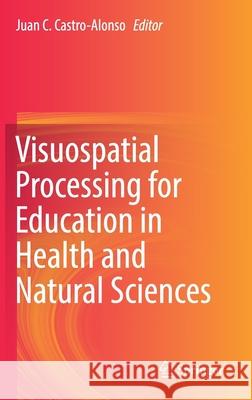Visuospatial Processing for Education in Health and Natural Sciences » książka
topmenu
Visuospatial Processing for Education in Health and Natural Sciences
ISBN-13: 9783030209681 / Angielski / Twarda / 2019 / 229 str.
Visuospatial Processing for Education in Health and Natural Sciences
ISBN-13: 9783030209681 / Angielski / Twarda / 2019 / 229 str.
cena 401,58
(netto: 382,46 VAT: 5%)
Najniższa cena z 30 dni: 385,52
(netto: 382,46 VAT: 5%)
Najniższa cena z 30 dni: 385,52
Termin realizacji zamówienia:
ok. 22 dni roboczych.
ok. 22 dni roboczych.
Darmowa dostawa!
Kategorie:
Kategorie BISAC:
Wydawca:
Springer
Język:
Angielski
ISBN-13:
9783030209681
Rok wydania:
2019
Wydanie:
2019
Ilość stron:
229
Waga:
0.51 kg
Wymiary:
23.39 x 15.6 x 1.42
Oprawa:
Twarda
Wolumenów:
01
Dodatkowe informacje:
Wydanie ilustrowane











